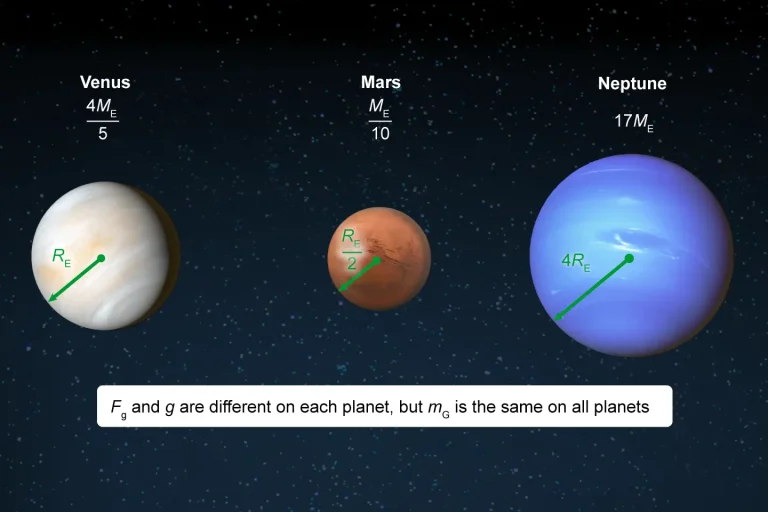The AP® Physics 1 equation sheet is a highly beneficial quick-check resource that will help you understand what the equations and/or expressions represent.
You must be able to apply the AP Physics 1 equations and information provided to scenarios presented in the multiple-choice (MCQ) and free-response question (FRQ) sections of the AP Physics 1 exam.
What Is the AP Physics 1 Equation Sheet and Formula Sheet?
The AP Physics 1 equation sheet provides the critical information necessary for success on the AP Physics 1 exam. The reference guide includes the major equations used in each unit, the trigonometric functions used in the course, and other related constants, conversion factors, unit symbols, and prefixes. The main purpose of the sheet is to provide an organized array of AP Physics 1 equations so that you do not need to memorize everything.
UWorld's AP Physics 1 online course provides a comprehensive study guide, an extensive question bank, and interactive digital tools to enhance your learning and improve your score.
Constants and Conversion Factors
You are provided with important constants that are often needed throughout the AP Physics 1 exam. These values are typically naturally occurring and do not change:
| Proton mass, mp = 1.67 x 10-27 kg | Electron charge magnitude, e = 1.60 x 10-19 C |
| Neutron mass, mn = 1.67 x 10-27 kg | Coulomb's law constant, k = 1/4πε0 = 9 x 109 N.m2/ C2 |
| Electron mass, me = 9.11 x 10-31 kg | Universal gravitational constant , G = 6.67 x 10-11 m3/ kg.s2 |
| Speed of light, c = 3.00 x 108 m/s | Acceleration due to gravity at Earth's surface, g = 9.8 m/s2 |
Unit Symbols
There are many symbols, including Greek letters, that can be used to represent the physical units associated with a number. Most symbols are chosen by convention and are used in the same way throughout various textbooks. The AP Physics 1 equation sheet provides a list of all the symbols that might be used on the exam:
| meter,m | kelvin,K | watt,W | degree Celsius,°C |
| kilogram,kg | hertz,Hz | coulomb,C | |
| second,s | newton,N | volt,V | |
| ampere,A | joule,J | ohm,Ω |
Prefixes
Scientific prefixes are used throughout various disciplines to represent large and small numbers in a more readable way. These prefixes are included on the AP Physics 1 exam formula sheet for easy reference:
| Factor | Prefix | Symbol |
|---|---|---|
| 1012 | tera | T |
| 109 | giga | G |
| 106 | mega | M |
| 103 | kilo | k |
| 10-2 | centi | c |
| 10-3 | milli | m |
| 10-6 | micro | µ |
| 10-9 | nano | n |
| 10-12 | pico | p |
Values of Trigonometric Functions for Common Angles
The AP Physics 1 formula sheet includes the sine, cosine, and tangent values for several common angles:
| Values of trigonometric functions for common angles | |||||||
|---|---|---|---|---|---|---|---|
| θ | 0° | 30° | 37° | 45° | 53° | 60° | 90° |
| sinθ | 0 | 1/2 | 3/5 | √2/2 | 4/5 | √3/2 | 1 |
| cosθ | 1 | √3/2 | 4/5 | √2/2 | 3/5 | 1/2 | 0 |
| tanθ | 0 | √3/3 | 3/4 | 1 | 4/3 | √3 | ∞ |
Common Mechanics Equations Used in Physics
The formula sheet contains all the AP Physics 1 formulas and relationships needed to solve problems related to one-dimensional kinematics, Newton's laws of motion, work and energy, impulse and momentum, rotational motion, and simple harmonic motion. The breakdown of these equations is explained below:
One-Dimensional Kinematics

Newton's Laws of Motion
Work and energy
Impulse and momentum
Rotational motion
Simple harmonic motion
Common Geometry and Trigonometry Equations Used in Physics
The AP Physics 1 equation sheet contains all of the mathematical formulas and relationships that could be needed for geometry and trigonometry. These equations can be used to determine areas, volumes, and right-triangle side and angle relationships.

Geometry
The AP Physics 1 formulas necessary to calculate the area, circumference, volume, and surface area are provided for a rectangle, triangle, circle, rectangular solid, cylinder, and sphere. The areas of a rectangle and a triangle are especially important, as they are needed to determine the area under the curve for various graph-related questions.
Trigonometry
The right triangle relationships on the equation sheet are important when dealing with vector relationships on the AP Physics 1 exam. The sine, cosine, and tangent of an angle within a right triangle are related to specific ratios involving the length of the sides of the right triangle. The Pythagorean theorem states that the square of the hypotenuse is equal to the sum of the squares of the other two sides of the triangle.

Using the AP Physics 1 Formula Sheet
As you work through multiple-choice and free-response questions on the AP Physics 1 exam, be sure to reference the AP Physics 1 formula sheet often. Before taking the exam, you should become familiar with where certain equations/constants are so that you can quickly find them when solving a problem.
References
- AP Physics 1: Algebra-Based Course and Exam Description. (Fall 2024). apcentral.collegeboard.org. Retrieved March 17, 2025, from https://apcentral.collegeboard.org/media/pdf/ap-physics-1-course-and-exam-description-effective-fall-2024.pdf
- AP Physics 1 equation sheet CED. (2024). secure-media.collegeboard.org. Retrieved March 17, 2025, from https://apcentral.collegeboard.org/media/pdf/ap-physics-1-equations-sheet.pdf
Read More About AP Physics 1
Looking for tips on how to study for AP Physics 1? Here is your all-in-one study plan with proven strategies and materials to help you score a 5.
AP Physics 1 Course and Exam Description (CED)Save time by reading our summarized AP Physics 1 Course and Exam Description for an in-depth understanding of the topics covered in this course.
AP Physics 1 Exam FormatDon't be put off by the AP exam format. Our article will help you easily understand the format of the AP Physics 1 exam and simplify your prep.
Best AP Physics 1 Study Guide ComparisonDiscover expert insights into Kaplan, Barron's, Princeton Review, and UWorld. Learn how each resource compares to help you choose the best fit.
How to Self-Study for AP Physics 1Want to ace AP Physics 1 on your own? Follow this expert self-study guide with tips, tricks, and tools to prepare effectively and ace your exam.
Best AP Physics 1 Review Course ComparisonSearching for top AP Physics 1 prep courses? Read this in-depth review to compare the best courses and choose the perfect one for your success.




